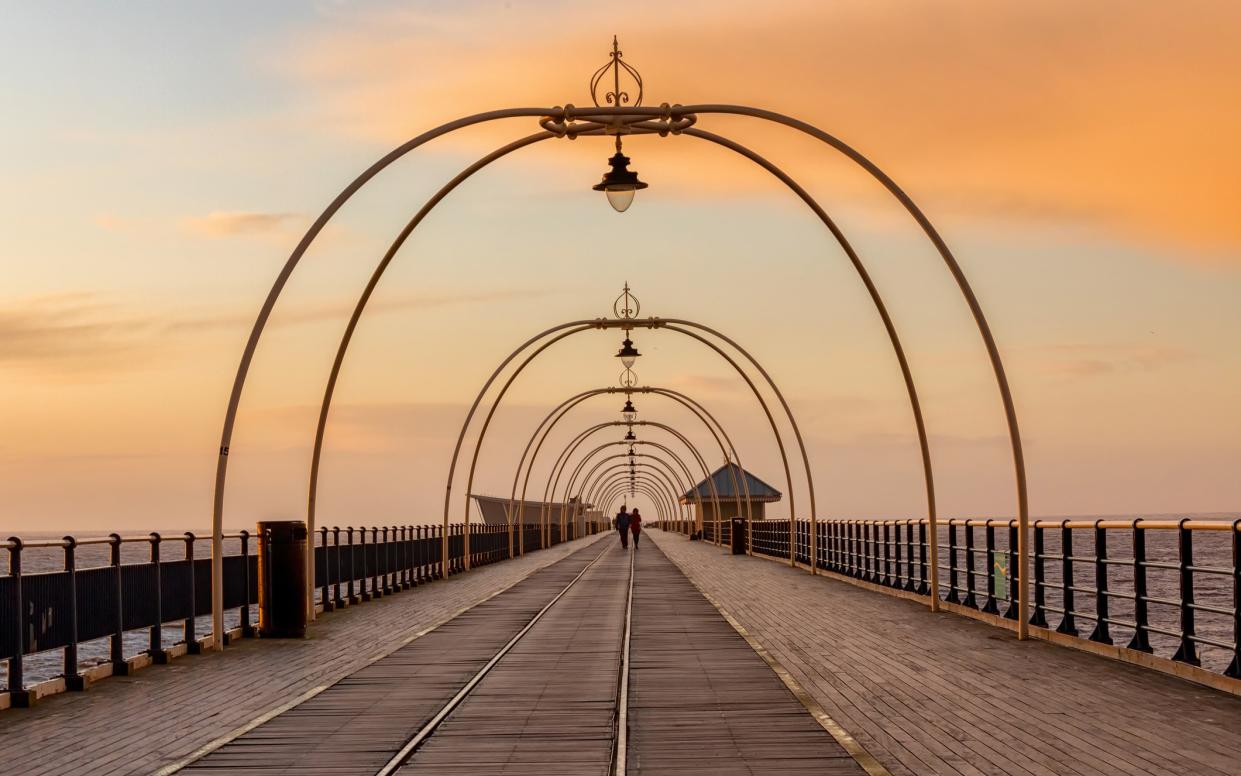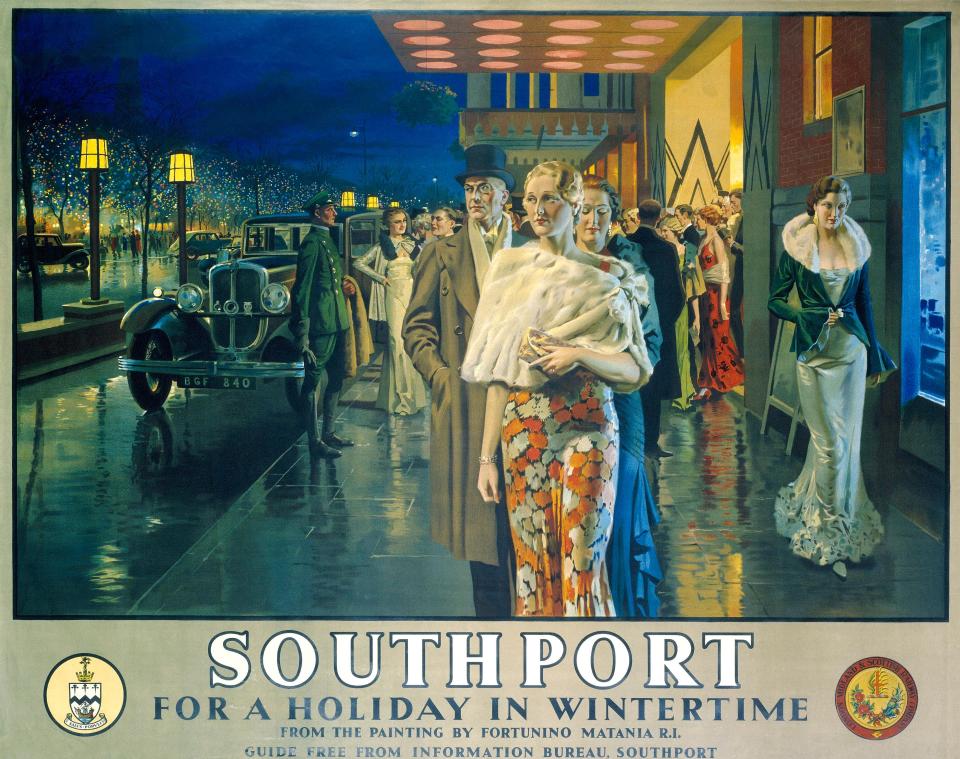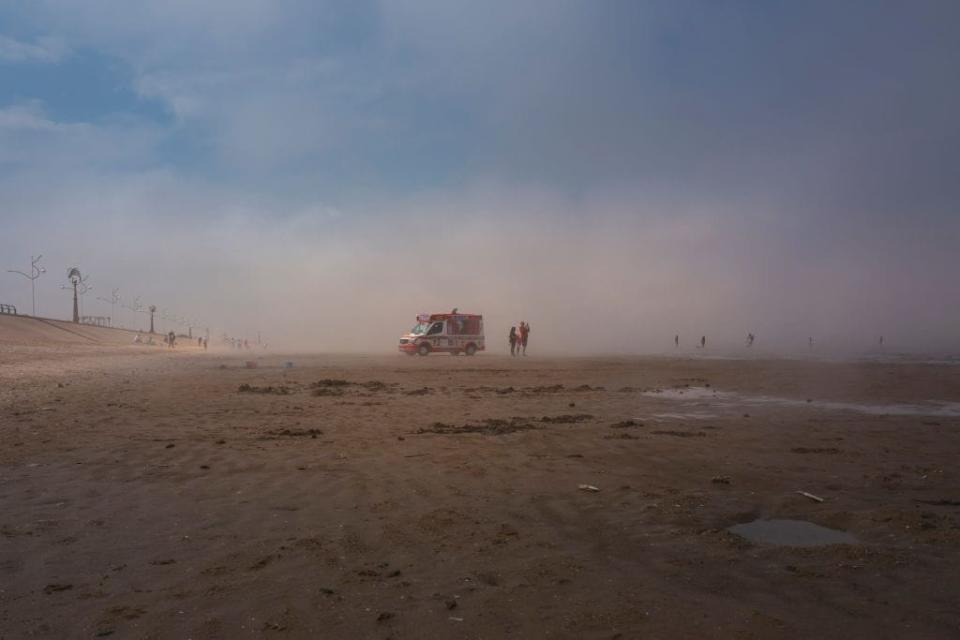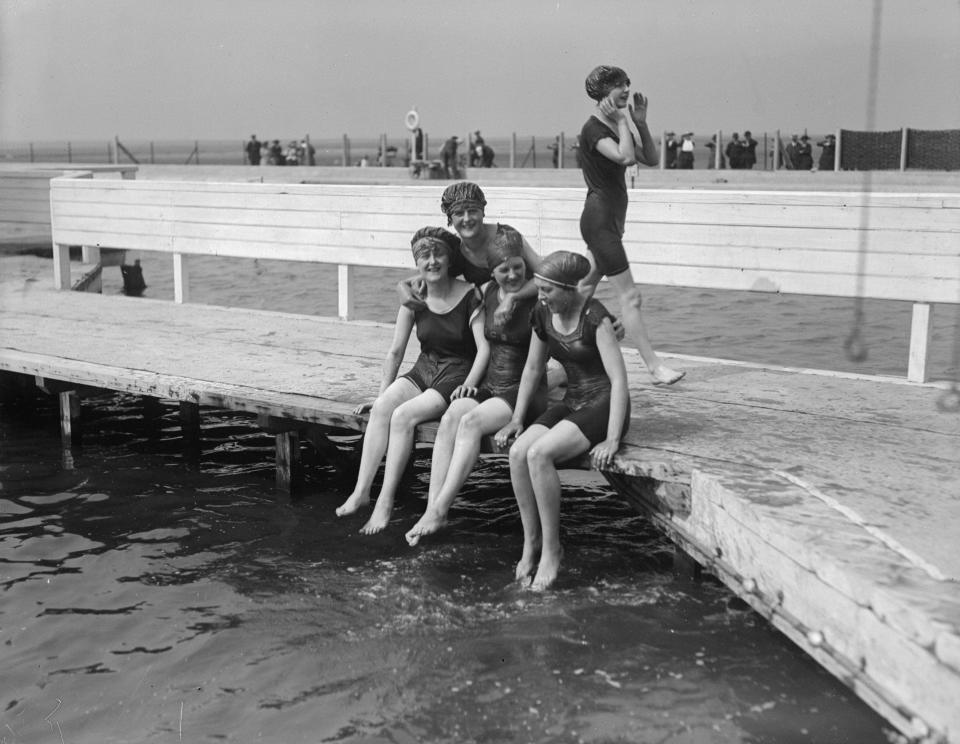Southport and Salcombe: two seaside towns experiencing very different summers

Savvy British holidaymakers should swap contemporary consumerism for Victorian romance. Chris Moss reports from two resorts having very different coronavirus seasons
You can still see the grandeur Southport’s Lord Street flaunted during its Victorian heyday. The Grade II-listed Wayfarers Arcade is glorious. The Scarisbrick hotel, built 1880-91, is a redbrick masterpiece. Shop frontages display Jacobean, Renaissance and New Tudor architectural styles. The broad, pedestrian-friendly thoroughfare evokes a time when town planners paid homage to the sky – after all, it was fresh air people came to enjoy.
Turn off and walk along pedestrianised Chapel Street, which runs parallel, and you’re back in the present: the blander high street brands, some drab-looking units, some empty ones. The department stores are gone. The big BHS on Chapel St closed in 2016. Lord Street’s own Beales and Debenhams closed earlier this year.
“Decline and Fall” is the header of a TripAdvisor post. “To think Napoleon once lived here and that Paris was supposedly modelled on it,” laments the reviewer.

The train station is small for a town that was once the bustling dream-holiday destination of Yorkshire millworkers and Lancashire miners. There isn’t even a service to nearby Preston.
I feel Southport’s mixed fortunes. I was born in Burtonwood, 25 miles away, and my first day-trips were to the beach where the sea always seemed to be as far out as the Isle of Man, and the rides at Pleasureland. As late as the early 2000s, my mum loved to go for dinner at the Curzon Grill. Drinks at the “Brick” seemed glamorous for anyone used to St Helens’s pubs. The Curzon is long gone. The Brick now has an Irish-themed bar called Maloneys.

Southport’s lot mirrors that of the industrial regions that provided its visitors. All large town centres are witnessing the drawn-out endgame of bricks-and-mortar retail. British resorts exported the seaside ideal overseas – and that’s where northern beachgoers went, to the Costas and Greek islands.
Seaside historian John K. Walton also points to “the enduring reluctance of national and regional tourism promotion bodies, which were always starved of funding, to promote the seaside as opposed to the capital and more conventional emblems of Englishness and Britishness, such as Oxford, Stratford on Avon, Edinburgh, the Lake District and the Scottish Highlands.”

In 2012 George Osborne killed off the Northwest Regional Development Agency. The body, which campaigned innovatively for this proud region, is still sorely missed.
Cut to: Salcombe. Famous for its pricey real estate and second homeowners, it’s been nicknamed “Chelsea-on-Sea”. With the pandemic putting the blocks on summer holidays in posh and proletarian resorts across the Mediterranean, as well as south-east Asia, the USA and parts of the Caribbean, there has been a deluge of sightseers to the small town – which has a privileged location on the Kingsbridge Estuary. This year, the monied have had to holiday alongside the masses.

I live in nearby Totnes and, frankly, Salcombe is the one place on the Devon coast I avoid. Even before Covid-19, it had notorious traffic problems. It has a showy urban vibe I don’t look for in the South Hams. Whether the Porsche-drivers and blazer wearers I saw when I did once drop by were tourists, second homeowners or long-term residents I cannot judge. But they weren’t Devonian fishermen. I’m sure Salcombe has locals who go back generations, and I feel for them.
Yet people arrive in their droves – for what, precisely? To sail and see others sail, to drink prosecco on a terrace of pale-wood, to shop at stores for “sail jackets” and “surf-inspired city wear” and to browse galleries hung with blue and white watercolours and bespoke “crafts”. They come safe in the knowledge they can score well-made flatwhites and sourdough sandwiches. It’s a busman’s holiday for the bourgeoisie, and they love it.
But they’re missing out, big-style. Sure, Southport is run-down in some areas, but it has enduring assets, including a beach broad enough to tire racehorses, a 3,635-foot iron pier (which celebrated its 160th birthday last week) and a huge sky. It offers seaside rather than shopping, fish and chips and cockles in vinegar rather than ersatz fine dining, and family fun rather than a catwalk for SUVs and this year’s flowing fashions.

“We’ve got the space to accommodate people,” says Steve Christian, tourism boss at Sefton Council. “As well as the beach there’s 22 miles of coast to explore, the Marine Drive, Marine Lake and Kings Gardens.
“We’ve not witnessed the kind of crowds you’ve seen in places like Bournemouth. We’ve not really seen any anti-social behaviour except a little bit at Formby, but that seems to have gone away. There’s plenty of parking and bins along the front at Southport and people have been behaving themselves.”
He’s coy about saying Southport was always a bit upmarket – but it was. “We never went for the stag and hen and kiss-me-quick market, and it’s paying dividends. What we offer is a mix of traditional and contemporary.

“We’re friendly to LGBTQ+ visitors as well as to the elderly and disabled, who appreciate the wide, flat pavements.
“We’ve three world-class golf courses that ordinarily attract lots of North Americans and Scandinavians.
“People can come here to remember their childhood and introduce their own kids to that, or else try one of 80 gins in a smart bar on Lord Street.”
Southport is bidding for a £25m slice of £3.6billion of government funding, which could help upgrade the Victorian market, revamp the theatre (this is still a show town), develop co-working spaces and possibly build a marine village on brownfield sites.
But such projects take a long time to arrive. The point, this year, is that not all our coastal towns are horribly (and perhaps dangerously) packed to the gills or riven by social tensions between perennial visitors and coronavirus arrivistes.
Northern geniality is a cliché – but it’s also a fact. You won’t hear many residents of Southport criticising the “class” of visitor descending on the town.
“We’re saying, ‘Welcome back, we missed you’,” say Steve Christian. “You’ve got to be upbeat after the lockdown we’ve all had.
“For those who haven’t been north for a beach holiday, all I can say is, ‘Try something different’.”
So it’s a choice. Friendliness, fun, shabby gentility, and a sweeping beach – or coves, Cayennes, crowds and catty attitudes towards others.
I know which way up the M5 I’ll be going in September – and I’m told Southport has some superb sourdough bread, too.


